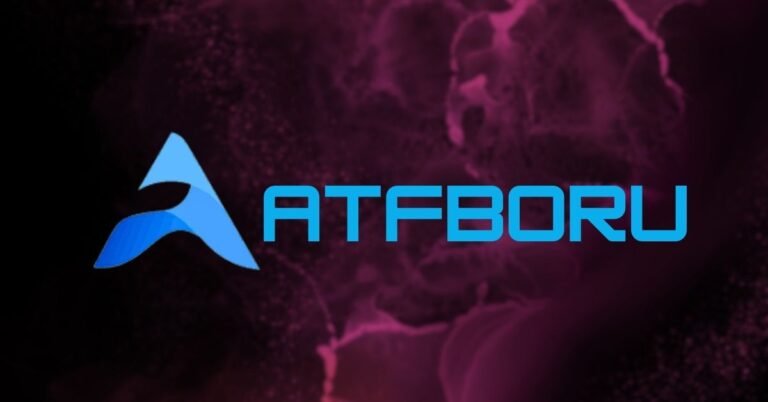Introduction: What is ATFBORU?
ATFBORU, though seemingly cryptic, is gaining attention for its potential applications in various sectors. As a term, it is still not widely known, but its significance is growing rapidly due to its innovative nature and applicability to modern challenges. This article aims to break down what ATFBORU represents, how it functions, and why it has become a focal point of interest for professionals in diverse industries.
1. The Genesis of ATFBORU
To understand ATFBORU, one must first look at its origin. Like many modern innovations, it began in a niche sector, where its core principles were initially tested and refined. ATFBORU emerged from the need to address specific issues faced by professionals, businesses, or consumers who required more effective solutions.
As the idea evolved, it found applications in industries ranging from technology to healthcare, and even finance, showcasing its versatility. Today, is increasingly recognized as a pivotal development that could redefine key practices across many sectors.
2. How ATFBORU Works
Whether it involves software, machinery, or methodologies, operates through a combination of intelligent algorithms, user-centric interfaces, and highly efficient processes.
3. ATFBORU’s Impact on Industries
Instead, it has the potential to revolutionize multiple sectors by streamlining operations, improving performance, and opening new opportunities for growth. In technology, ATFBORU could improve software performance, enhance cybersecurity measures, or enable smoother integration between systems. In healthcare, it may help in diagnosing diseases more accurately, managing patient data securely, or optimizing treatment plans.

Additionally, ATFBORU’s applications can be seen in finance, where it could be used for smarter risk assessments, fraud detection, or more efficient transaction processing.
4. Challenges and Limitations of ATFBORU
One of the key challenges is ensuring widespread adoption, as this often requires overcoming resistance to change and the integration of new systems into existing infrastructures. Users or organizations may face difficulties in transitioning from traditional methods to adopting ATFBORU’s approach, particularly if it requires new skill sets, technology, or processes.
Moreover, there are concerns regarding data security, privacy, and ethical considerations. Addressing these challenges requires careful planning, constant iteration, and ongoing support from developers and stakeholders.
5. The Future of ATFBORU: Potential and Evolution
The potential for further advancements in AI, machine learning, and automation will only enhance ATFBORU’s capabilities, allowing it to tackle even more complex problems across industries.
Conclusion: Embracing the Power of ATFBORU
ATFBORU is more than just an innovative concept; it represents a new way of approaching problems in industries that rely on precision, speed, and efficiency. By embracing its technologies and frameworks, organizations can streamline their operations, unlock new opportunities, and solve complex challenges with ease.

